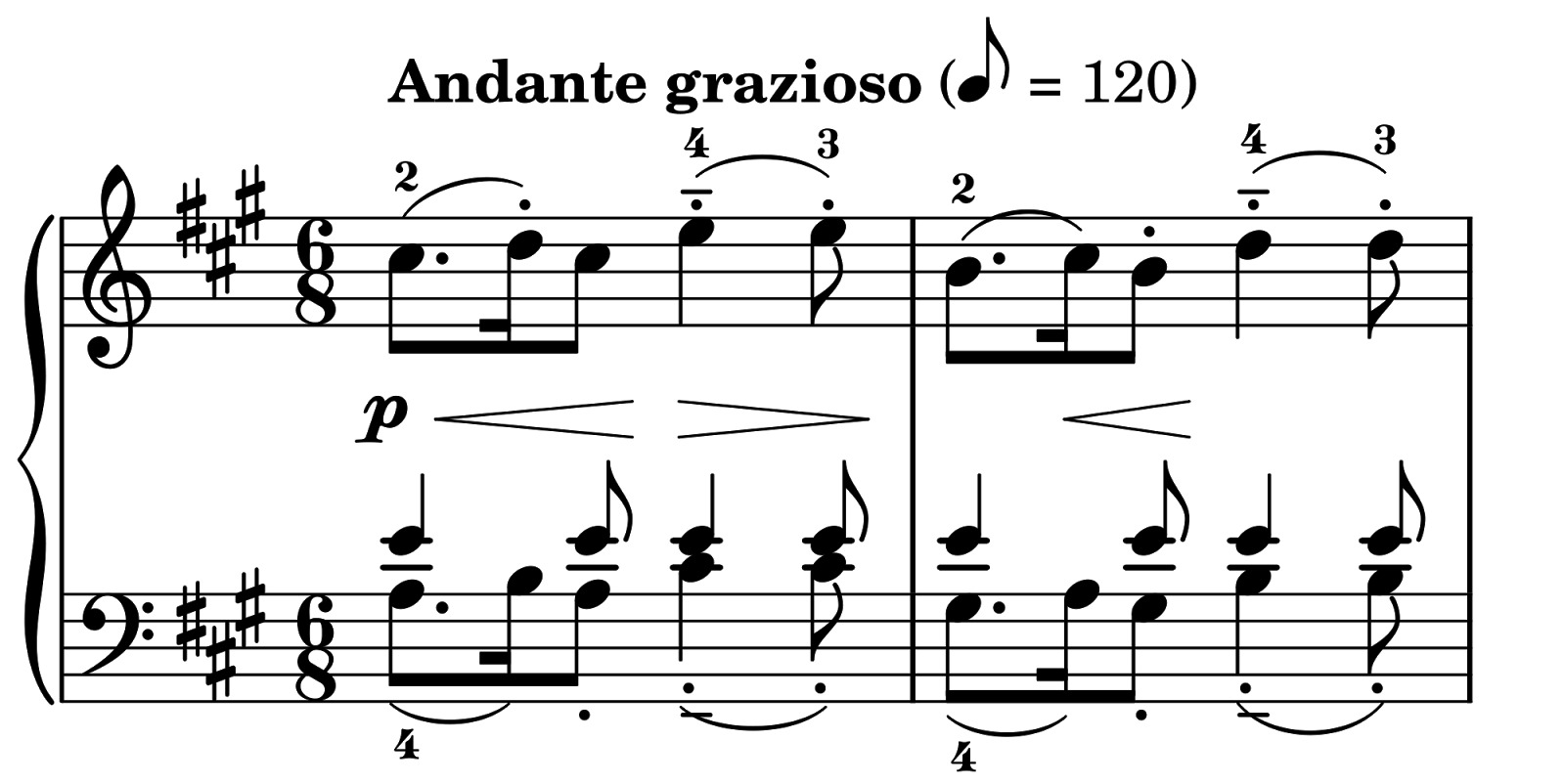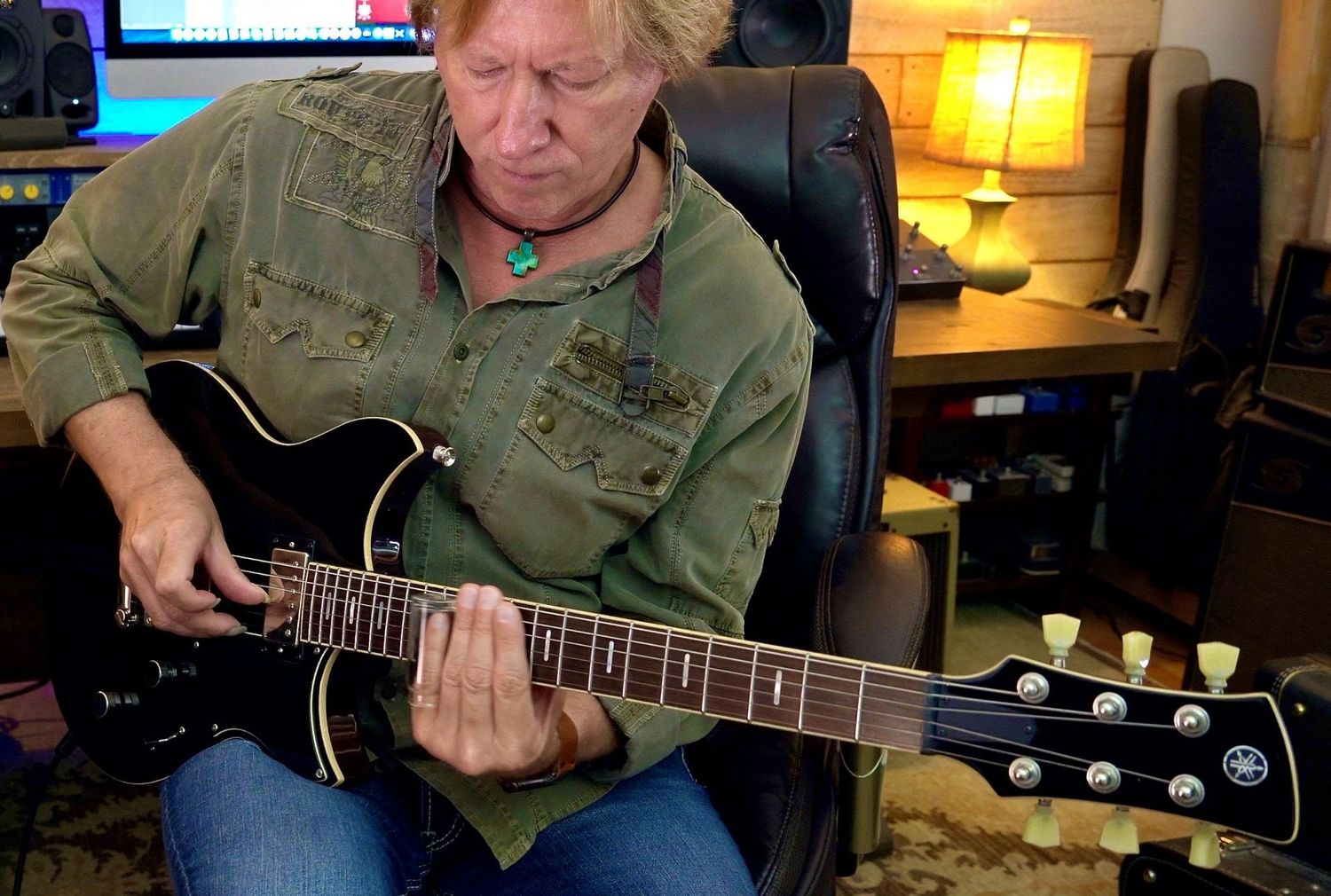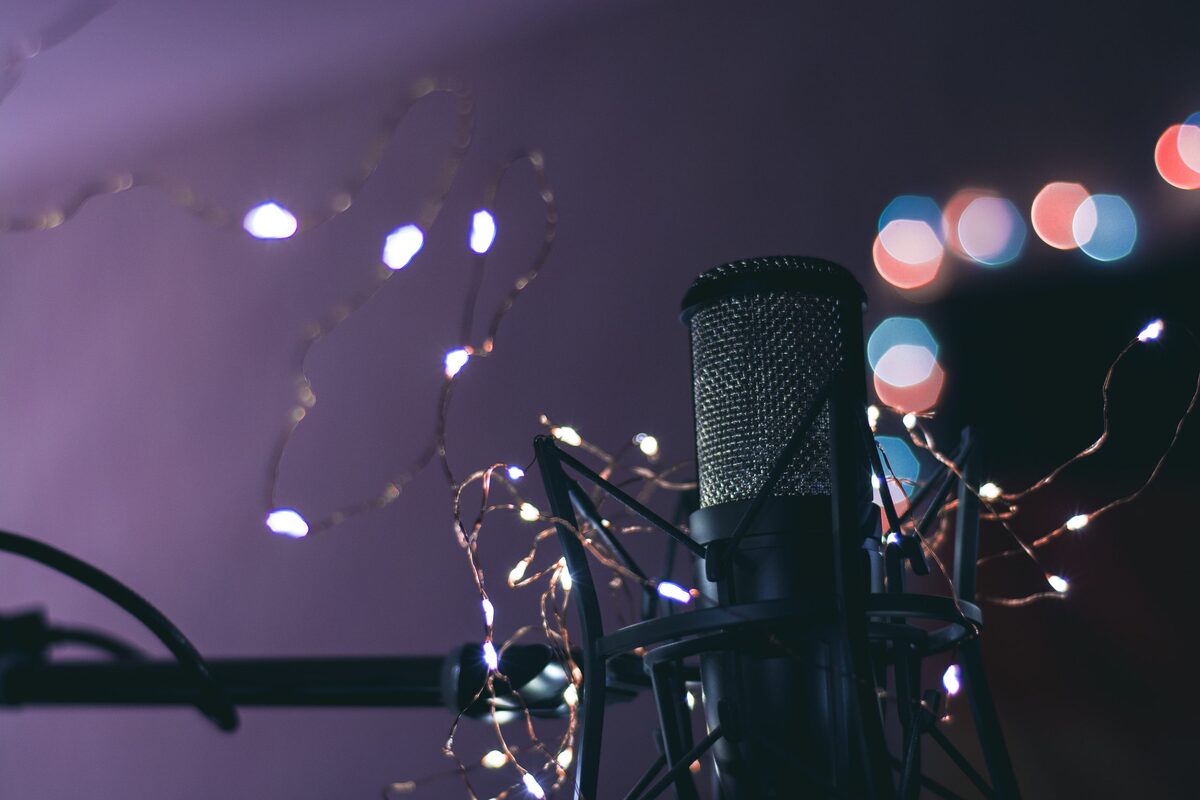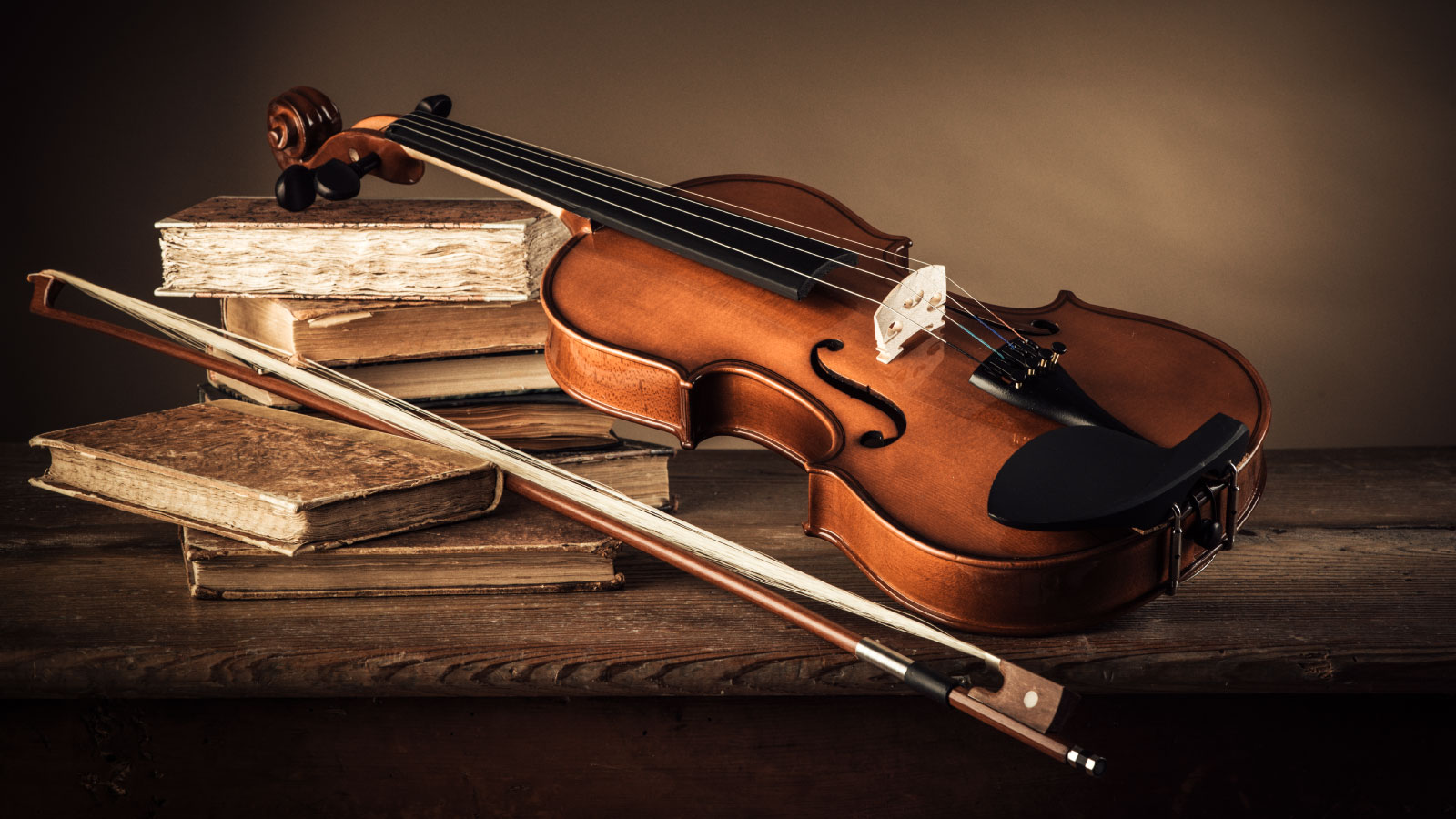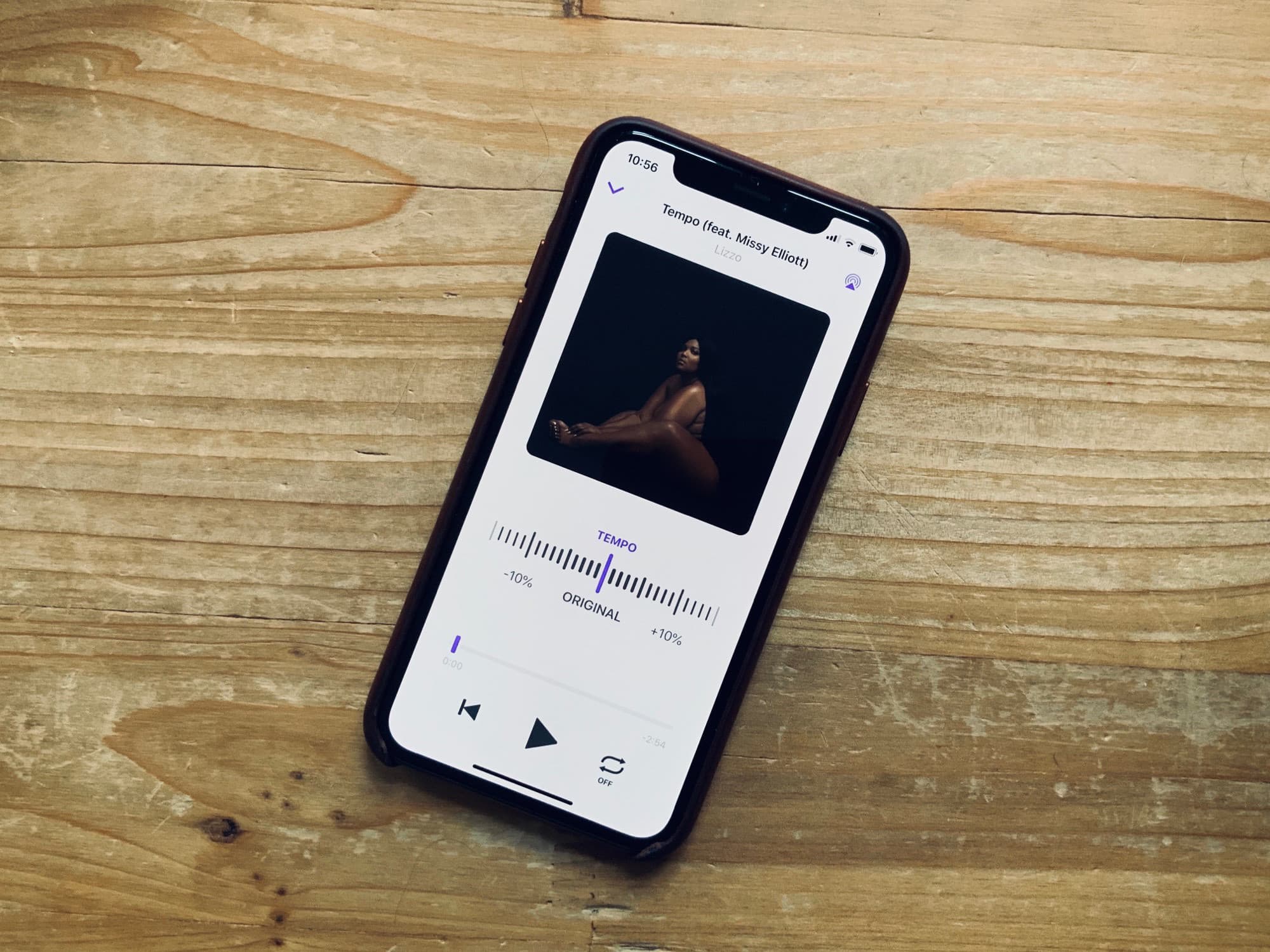Home>Production & Technology>Tempo>How To Tell The Tempo Of Music
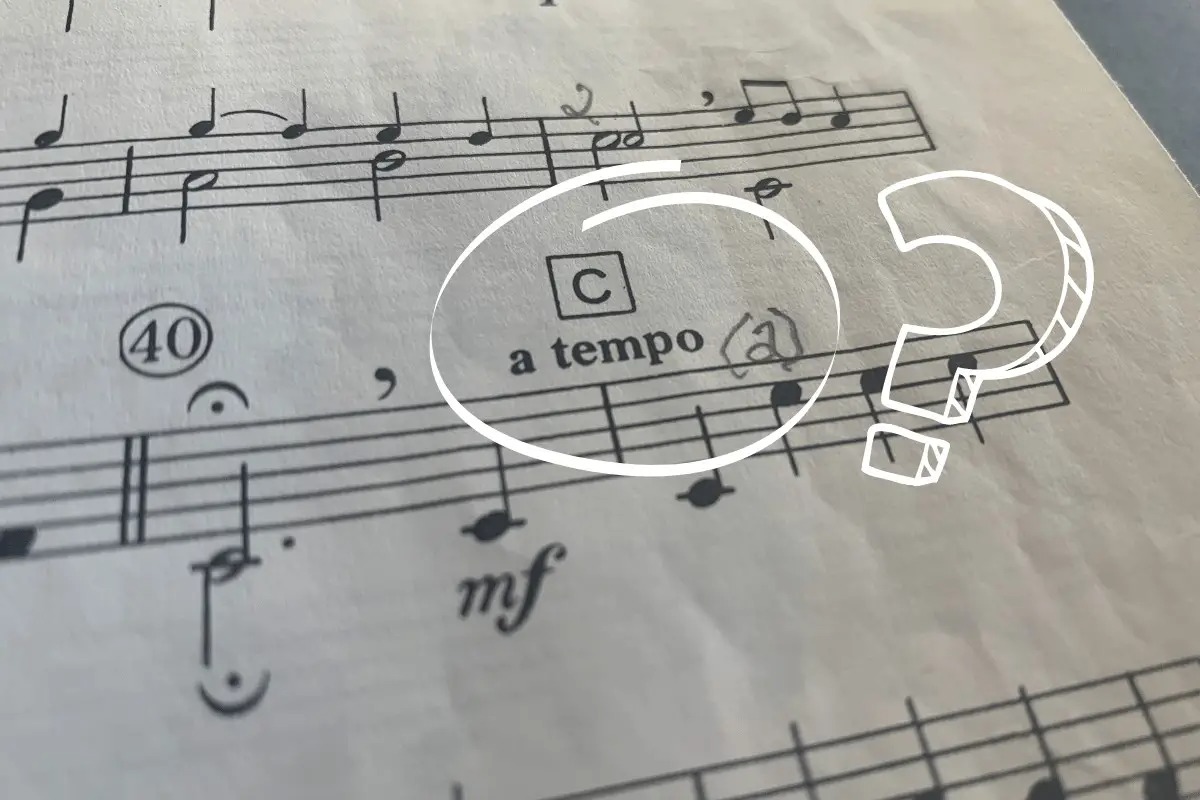

Tempo
How To Tell The Tempo Of Music
Modified: January 22, 2024
Learn how to determine the tempo of music with our comprehensive guide. Discover different techniques and tools to accurately identify the tempo.
(Many of the links in this article redirect to a specific reviewed product. Your purchase of these products through affiliate links helps to generate commission for AudioLover.com, at no extra cost. Learn more)
Table of Contents
Introduction
Music is a powerful and universal language that can evoke emotions, inspire creativity, and move our bodies. One of the key elements of music that sets the tone and rhythm is tempo. Tempo refers to the speed or pace at which a piece of music is performed, and it plays a fundamental role in shaping the overall feel and energy of a song.
Whether you are a musician, a dancer, or simply an avid music lover, being able to identify and understand the tempo of a song can greatly enhance your appreciation and engagement with the music. In this article, we will explore various aspects of determining tempo, from counting the beats to utilizing tools and listening for tempo changes.
As you delve into the fascinating world of tempo, you’ll discover that it not only helps us connect with the underlying structure of music but also enables us to express ourselves through movement and dance. So, let’s dive in and learn how to tell the tempo of music!
Understanding Tempo
Tempo is the element of music that refers to the speed or pace at which a piece of music is played or performed. It determines the rhythm and overall feel of a song. Think of tempo as the heartbeat of the music, setting the pace and energy.
Tempos can range from slow and relaxing to fast and energizing. Each tempo creates a unique atmosphere, and different genres of music tend to have their own characteristic tempos. For example, a ballad might have a slow tempo, while a dance track may have a fast tempo.
To fully understand tempo, it’s important to be familiar with the concept of beats per minute (BPM). BPM is a measurement used to quantify tempo, representing the number of beats or pulses that occur in one minute of music. A higher BPM indicates a faster tempo, while a lower BPM indicates a slower tempo.
Tempo is not solely about speed, but also about the feeling and energy that it conveys. While BPM provides a numerical value, tempo can also be described using words that reflect the mood of the music. Terms like “lively,” “brisk,” “relaxed,” or “steady” can help convey the desired tempo in a more expressive manner.
Understanding tempo allows us to connect with music on a deeper level. It helps us appreciate the nuances and intricacies of a composition, and it serves as a foundation for musicians, dancers, and performers to synchronize their movements and interpretations with the rhythm of the song. Whether you’re a musician trying to play along with a track or a dancer looking to choreograph a routine, having an understanding of tempo is essential.
Beats Per Minute (BPM)
Beats per minute (BPM) is a measurement used to quantify tempo in music. It represents the number of beats or pulses that occur in one minute of a song. The BPM value indicates how fast or slow the tempo of a piece of music is.
BPM is typically indicated in the form of a numerical value, such as 120 BPM or 60 BPM. The higher the BPM, the faster the tempo, and the more quickly the beats occur. Conversely, a lower BPM signifies a slower tempo and a longer duration between beats.
Knowing the BPM of a song can be helpful for a variety of reasons. Musicians can use it as a reference when practicing, recording, or performing, ensuring that they maintain a consistent tempo throughout a piece. DJs also rely on BPM to mix songs seamlessly, matching the tempos for a smooth transition between tracks.
Additionally, BPM serves as a valuable tool for dancers and choreographers. By understanding the BPM of a song, dancers can synchronize their movements to the beat, creating visually captivating and rhythmically precise performances.
It’s important to note that BPM is not an exact science and can be subjective to some degree. Different versions of the same song may have slight variations in BPM, and personal interpretations of tempo can also vary. However, when it comes to music production, DJs, and dance performances, maintaining consistent BPM values is crucial for a seamless and synchronized experience.
Fortunately, there are various tools and techniques available to help determine the BPM of a song accurately. From manual counting to using BPM counters in music software or apps, these tools allow musicians and enthusiasts to identify the tempo of a song with ease.
Understanding BPM adds another layer of appreciation and engagement to music. It allows us to analyze and interpret a song’s structure, experiment with different genres and styles, and create an immersive and captivating musical experience.
Counting the Beats
Counting the beats is a fundamental method for determining the tempo of a song. This technique involves listening to the music and identifying the recurring beats or pulses that serve as markers for the tempo.
To count the beats, you can start by tapping your foot or nodding your head to the rhythm. As you listen closely, try to identify a regular pattern of beats that you can consistently follow. It may help to use a metronome or drum beat as a reference to establish a steady tempo.
Once you’ve identified the beat, you can begin counting. Start by counting each beat aloud or internally, using numbers like “1, 2, 3, 4” or “1 and 2 and 3 and 4” for a standard 4/4 time signature. Each number or syllable represents a beat, and by counting along with the music, you can determine the tempo.
For example, if you count four beats per measure and it takes approximately one second to complete the four counts, the tempo of the song would be around 60 beats per minute (BPM). Similarly, if you count eight beats per measure and it takes approximately one second for eight counts, the tempo would be approximately 120 BPM.
It’s important to note that some songs may have irregular rhythms or time signatures, which may require a more nuanced approach to counting. In these cases, it can be helpful to break down the music into smaller sections or phrases and count the beats within each section.
Counting the beats not only helps you determine the tempo of a song but also develops your musical ear and sense of rhythm. It enables you to internalize the pulse of the music and better understand its structure.
While counting the beats can be an effective method, it may not always be practical or accurate, especially for songs with complex rhythms or changes in tempo. In such cases, utilizing technological tools or software that can analyze the tempo automatically can provide more precise results.
Overall, counting the beats is a valuable skill that allows you to connect with the music on a deeper level and engage with the rhythmic elements that make each song unique.
Tools for Determining Tempo
In addition to manually counting the beats, there are various technological tools and software available to aid in determining the tempo of a song. These tools can offer more precise and efficient ways to identify the tempo, especially for complex rhythms or songs with tempo changes.
One popular tool is a metronome. A metronome is a device or software that produces a steady click or beat at a specific tempo. It can be set to the desired BPM and used as a reference while listening to the music. By adjusting the metronome’s tempo to match the song, you can accurately determine the beats per minute.
Another useful tool is a digital audio workstation (DAW) or music software. Many DAWs and music software applications have built-in features that display the BPM of a loaded song or provide tempo analysis. These features use algorithms to analyze the waveform and detect the rhythmic patterns to determine the tempo automatically.
Additionally, there are specialized mobile apps designed specifically for determining the tempo of a song. These apps utilize your device’s microphone to listen to the music and calculate the BPM in real-time. Some apps even provide visual metronomes or tempo counters to help you stay in sync with the song.
For musicians and DJs, there are hardware devices available, such as tempo detectors or BPM counters. These devices can analyze the audio signal and display the BPM on a digital screen, allowing for quick and accurate tempo detection.
It’s worth noting that while these tools can be incredibly helpful in determining the tempo, they may not always be 100% accurate. Some songs may have subtle tempo changes, syncopated rhythms, or irregular patterns, which can be challenging for automated tempo-detection tools to identify accurately.
Therefore, it’s essential to use these tools as aids and cross-reference their results with your own ears and counting techniques. Sometimes, trusting your musical instincts and intuition can lead to a more nuanced understanding of the tempo.
Ultimately, the availability of these technological tools makes it easier for musicians, DJs, and enthusiasts to analyze and work with music. They can save time and effort, allowing for more precise tempo determination and creative exploration.
Listening for Tempo Changes
While many songs have a consistent and steady tempo throughout, some compositions incorporate tempo changes to add excitement, dynamics, or dramatic effect. These tempo changes can range from subtle variations to abrupt shifts in speed.
Listening for tempo changes requires attentive and focused listening to the music. As you tune in, pay close attention to any shifts in the pace or feel of the song. Here are a few ways to identify and navigate tempo changes:
- Dynamic shifts: Tempo changes can often coincide with changes in volume or intensity. If you notice the music becoming softer or louder, there’s a possibility of a tempo change accompanying the dynamics.
- Rhythmic patterns: Listen for any changes in the rhythmic patterns or accents. A sudden alteration in the emphasis or placement of beats can indicate a tempo change.
- Expressive cues: Musical elements such as a rallentando or accelerando notation, indicated by symbols like rit. or accel., can signify a deliberate change in tempo. These cues are commonly found in sheet music.
- Unexpected shifts: Some songs may surprise you with unexpected tempo changes, often used to create tension or highlight a particular section of the music. Stay attentive and open to these surprises.
When you encounter a tempo change, take a moment to internalize the new tempo. Tap along or count the beats to familiarize yourself with the altered rhythm. This will help you adjust your movements or musical interpretation accordingly.
Listening for tempo changes not only enhances your understanding of the music but also allows you to appreciate the artistry and complexity of a composition. It showcases the versatility and creativity of the artist, as they manipulate tempo to evoke specific emotions or enhance the narrative of the music.
By developing your listening skills and being attuned to tempo changes, you’ll be able to better interpret and engage with a wide range of musical genres and styles, from classical symphonies to modern electronic compositions.
Conclusion
Understanding the tempo of music is a valuable skill that allows us to connect more deeply with the rhythm and energy of a song. Whether you’re a musician, dancer, or simply an avid listener, being able to identify and appreciate tempo enhances your overall musical experience.
We explored various aspects of determining tempo, starting with the basic concept of beats per minute (BPM) and its role in quantifying tempo. We discussed how tempo shapes the mood and atmosphere of a song, from slow and relaxing ballads to fast and energetic dance tracks.
We also learned about the technique of counting beats to determine the tempo manually. By tapping along or counting aloud, we can establish a rhythmic pulse and identify the tempo of the music. Additionally, we discovered the availability of technological tools and software that aid in tempo determination, providing more accurate and efficient results, particularly in complex rhythms or songs with tempo changes.
Lastly, we explored the importance of listening for tempo changes, as some songs incorporate variations in speed to add excitement and dynamics. By being attentive to shifts in dynamics, rhythmic patterns, expressive cues, and unexpected tempo alterations, we can navigate these changes and fully appreciate the artistic intentions of the music.
In conclusion, understanding and being able to tell the tempo of music enhances our connection and engagement with the art form. It allows us to express ourselves through movement, synchronize our playing or dance routines, and appreciate the nuances and complexities of different musical genres. So, whether you’re tapping your feet to a catchy beat or analyzing the intricate rhythms of a classical composition, the ability to identify and understand tempo adds a new dimension to your musical journey.

